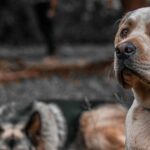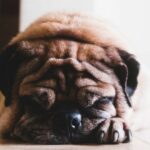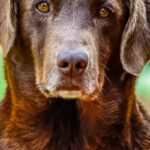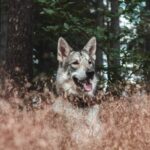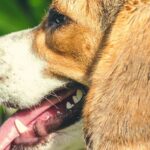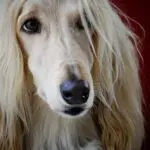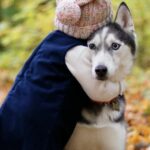Keeshonds are the best family dogs.
They are affectionate, intelligent, friendly, easy to live with, and peaceful with other pets.
However, it’s understandable for you to question if they shed before getting them because of their thick coats.
So do Keeshonds shed?
Yes, Keeshonds shed a lot, especially when blowing out their coats which happens twice yearly.
They shed profusely during the fall and springtime to manage their body temperatures as the seasons change.
This article looks at Keeshonds’ shedding patterns.
It also includes ways of managing this process to live comfortably with your loving pet.
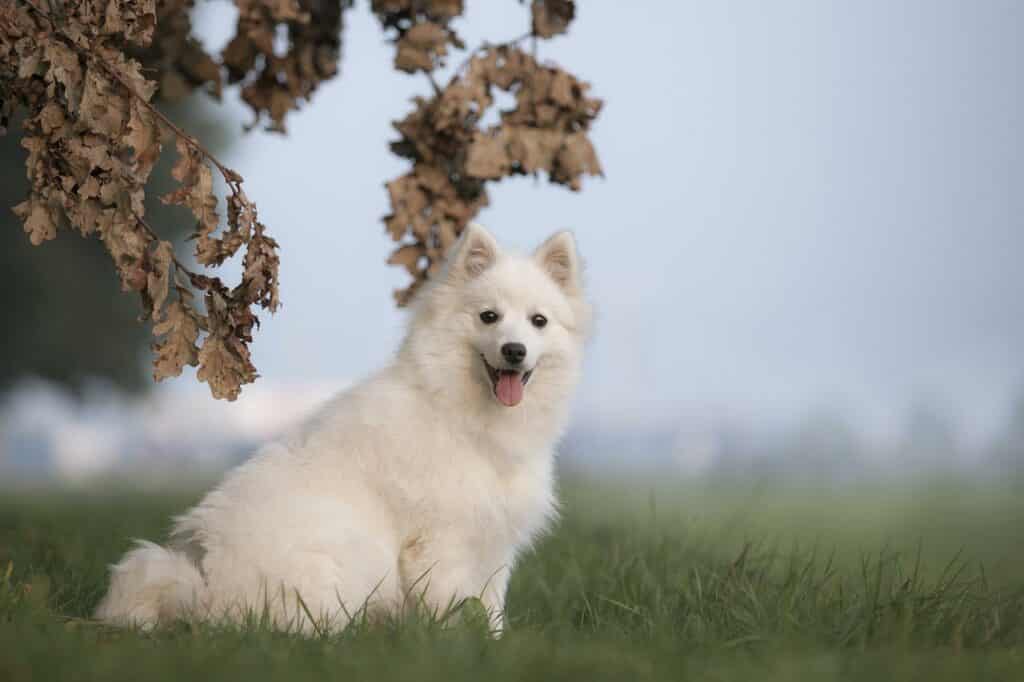
Why Keeshonds shed
Like all other dogs, Keeshonds shed to promote the growth of newer and healthier coats.
However, their shedding is intense compared to other dogs like greyhounds because they have a double coat.
These canines also lose their fur seasonally.
First, during the fall to promote the growth of a fuzzier winter coat, then during the springtime to prepare for the high summer temperatures.
That said, if you live in a place with high temperatures, your furry friend is prone to shedding more than their counterparts in colder regions.
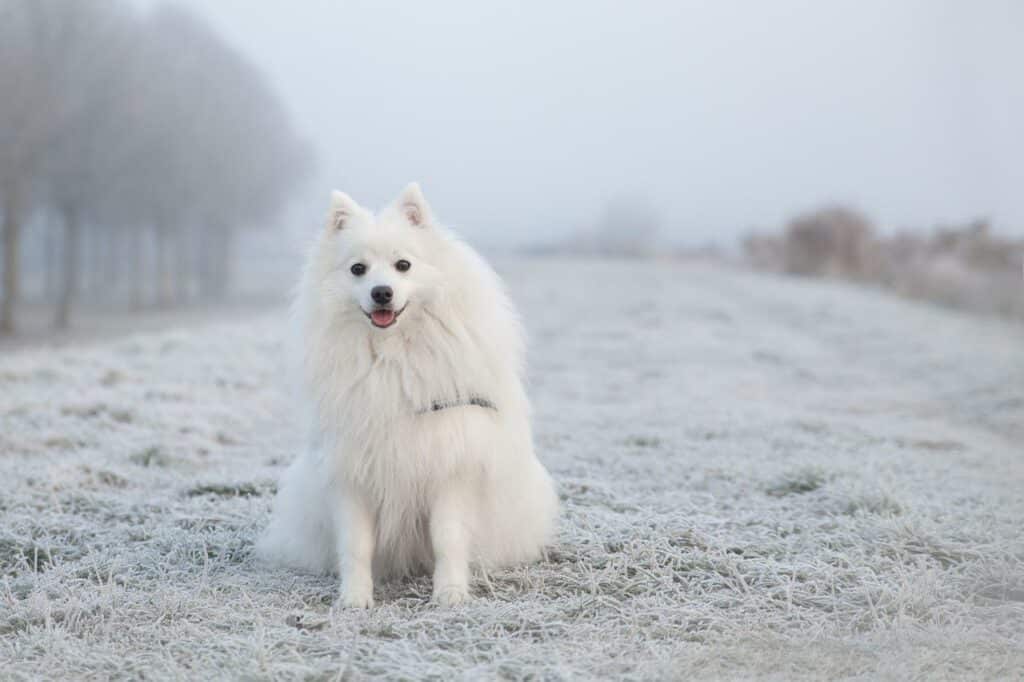
Factors that affect Keeshonds’ shedding
Although these dogs are heavy shedders, the following factors could significantly increase their usual level of losing fur.
- Quality of coat – Keeshonds with poor quality coats shed aggressively. It’s vital that you get your pet from a reputable and reliable breeder that ensures the pups are of perfect quality. Avoid getting a keeshond pet from a puppy mill because they don’t care about the canines’ welfare.
- Age – Older Keeshonds shed more than their younger counterparts. This is because their skin cells wear out with time making it easier for them to lose fur.
- Poor diet – Avoid feeding your four-legged friend the kitchen leftovers as they may lack vital nutrients or contain toxic ingredients like grains and onions. Instead, feed them good quality dog foods with essential nutrients like minerals and vitamins that will improve the health of their coat, thus less shedding.
- Poor brushing techniques – Brushing your pup’s fur in the wrong direction will increase its shedding. Always brush their coat following how the hair grows to reduce pain and shedding. It’s also advisable to use a slicker brush as it has soft teeth that won’t promote losing fur.
Keeshonds’ grooming
This loving and bright dog needs regular brushing and bathing because of its double coat.
This is essential to avoid tangling and matting, which makes the fur rough, thus falling out quickly.
You should brush your pooch twice weekly to eliminate any dead hair.
On the other hand, Keeshonds should be bathed at least once every three months.
When doing so, first use a high-speed drier on their coat to loosen the dirt from their skin and remove any mats.
Remember to move the dryer away from the skin to avoid more tangling and slowly take it through the coat to ensure that you tackle all areas.
In addition to that, use a dog-friendly shampoo and conditioner to promote a healthy and strong coat.
It’s also vital to thoroughly rinse off all the products from your keeshond’s coat as leaving them behind increases shedding.
Is it safe to shave my keeshond?
Keeshonds have a fine undercoat and a harsh guard or outer coat, which protect them from external factors like the sun, insects, and thorns.
Thus, shaving them is unsafe as it exposes their delicate skin to these factors.
Secondly, shaving your pup will increase their coat’s matting.
This is because the softer coat grows faster than the outer one making the hairs get tangled and thus creating mats.
Moreover, without the harsher coat, which sheds dirt easily, sticks and debris get stuck on the softer coat making grooming difficult.
Unlike the short sharp hairs shed by other dogs, Keeshond’s fur doesn’t stick on fabrics, carpets, or furniture.
Their long and fine hairs fall on surfaces and brush off effortlessly.
In this regard, it is unnecessary to expose your pooch to hazardous effects by shaving them.
Is my Keeshond hypoallergenic?
Keeshonds are not hypoallergenic.
These canines shed a lot, meaning they quickly spread dead skin, which causes allergy flare-ups.
In addition to that, due to keeshonds’ thick coats, most of their saliva gets caught on the fur, affecting dog allergic people.
These dogs also shed throughout, meaning there is no period when they are safe for people with dog allergies.
Therefore, they should avoid these canines at all costs.
Alternative low shedding dogs to Keeshonds
If you are dog allergic or dislike dealing with hair, below is a list of low shedding or hypoallergenic canines that you could get instead of Keeshonds.
- Havanese
- Shih Tzu
- Bichon Frise
- Yorkshire Terrier
- Toy poodles
Frequently asked questions (FAQs)
Does my keeshond smell?
It’s easy to assume that these dogs smell because of their thick coats, but they don’t.
These dogs are odor-free, and their coats repel dirt.
Therefore, they are hardly dirty, making them perfect family pets.
Is my keeshond children friendly?
These canines are children-friendly due to their peaceful and playful nature.
However, you should not leave them unsupervised with little children as they could knock them over while playing.
Does my Keeshond bark?
Keeshonds are natural watchdogs and thus bark frequently.
They will bark at the sight of a strange person or sound, and you must be quick to stop them as these dogs are high-pitched.
Is my Keeshond hard to train?
Keeshonds can be hard to train because they have minds of their own.
These dogs are also manipulative hence would need consistency to show them that you mean what you say.
Does my keeshond have behavior problems?
This dog breed is known to have several behavior problems like digging, chewing, separation anxiety, and being stubborn and manipulative.
Thus, avoid getting them if you can’t deal with any of these issues.
To sum up
Although Keeshonds shed throughout, it should not worry you as cleaning after them is easy.
If you follow the guidelines in this article, you can live comfortably with this canine in your home.
- What Dog Breeds Have Pink Skin? - March 24, 2023
- What Are the Most Inspiring Dog Breeding Quotes? - March 20, 2023
- Can Pheromone Spray Help Improve Dog Breeding Results? - March 19, 2023

